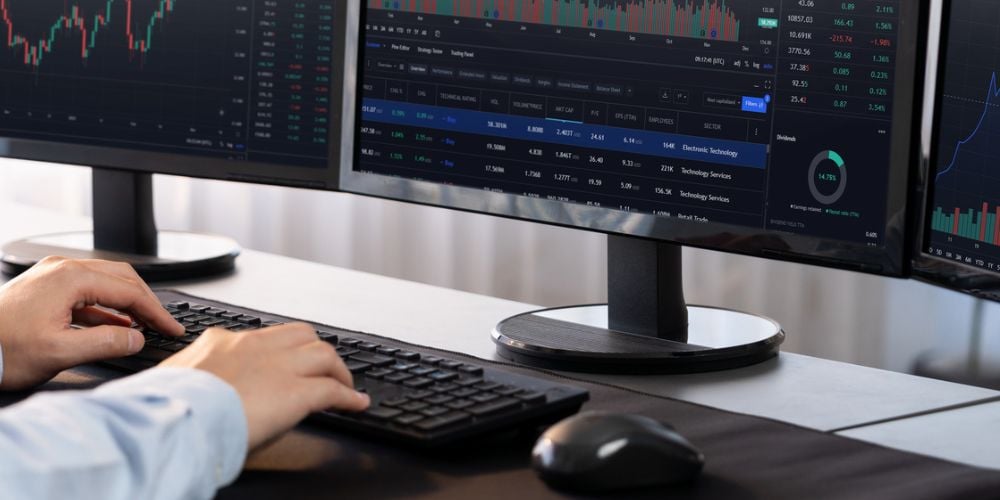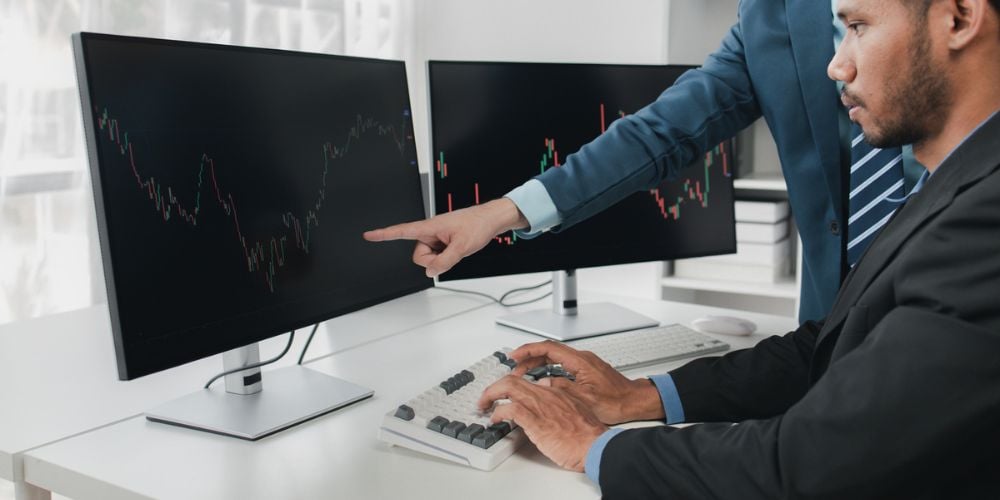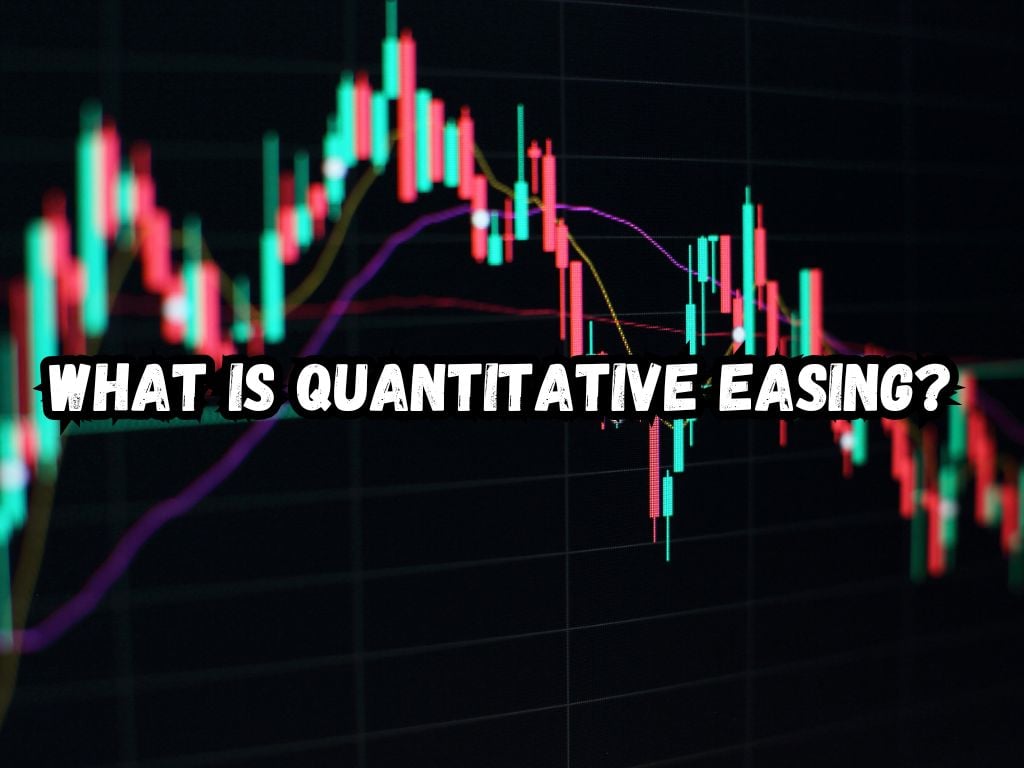In the ever-evolving landscape of global economics, central banks wield a variety of tools aimed at managing the economic stability of their jurisdictions.
Among these, Quantitative Easing (QE) stands out as a significant strategy, particularly during times of financial distress.
This article delves deep into what is quantitative easing, exploring its mechanisms, impacts, and the debates that surround its implementation.
Understanding Monetary Policy
Monetary policy is crucial for economic management. It involves the manipulation of variables such as interest rates and money supply to achieve desired economic outcomes like controlled inflation, reduced unemployment, and overall economic growth. While conventional monetary tools include adjusting central bank rates and reserve requirements, unconventional tools like QE have gained prominence in recent decades.
What is Quantitative Easing?
Definition
Quantitative easing is a form of monetary policy where central banks create new money electronically to buy securities, such as government bonds, from banks.
This process aims to inject money directly into the financial system to encourage lending and investment.

Purpose
The primary goals of QE involve stimulating economic growth and avoiding deflation. By increasing the money supply and lowering interest rates, central banks hope to incite businesses and consumers to spend and invest more.
Mechanics
Implementing QE involves the central bank purchasing assets, typically government bonds, from financial institutions. These purchases are made with new money created by the central bank, increasing the money supply in the economy.
The Process of Quantitative Easing
Starting QE
Central banks consider initiating QE in situations where traditional monetary policy tools, like adjusting interest rates, are no longer effective, often due to rates approaching zero.
Operational Steps
The QE process starts with the central bank announcing its intention to buy assets. It then electronically creates new money, which it uses to purchase these assets, thereby increasing liquidity and encouraging banks to lend.
Impact of Quantitative Easing
On Interest Rates
QE tends to lower interest rates across the board, making borrowing cheaper. This effect is not only seen in the short term but also influences long-term interest rates.
On the Economy
By boosting bank reserves and lowering interest them rates, QE encourages lending. This increase in lending can lead to businesses expanding and hiring more, which in turn can foster overall economic growth.
On Inflation
While QE aims to avoid deflation, it carries the risk of leading to higher inflation. If too much money chases too few goods, prices can rise, reducing purchasing power.

Pros and Cons of Quantitative Easing
Advantages
The benefits of QE include jumpstarting economic growth during downturns and easing financial market tensions. It can also help in achieving inflation targets.
Disadvantages
However, QE can lead to inflation if not carefully managed. It might also inflate asset bubbles and could potentially devalue the national currency, making imports more expensive.
Global Examples of Quantitative Easing
Notable instances of QE include the US Federal Reserve’s response to the 2008 financial crisis, the European Central Bank’s efforts to combat the Eurozone debt crisis, and the Bank of Japan’s ongoing attempts to fight deflation.
Measuring the Success of QE
Evaluating the effectiveness of QE involves looking at indicators like GDP growth, inflation rates, and unemployment rates. Success is generally measured by an improved economic outlook and stability in financial markets.
Criticism and Controversy
Critics argue that QE can lead to income inequality by disproportionately benefiting wealthier individuals who own stocks and bonds. There’s also debate about its long-term effectiveness, with some suggesting it might create dependency on monetary stimulus.
The Future of Quantitative Easing
As economies evolve and new challenges arise, the role of QE as a central banking tool is likely to adapt.
Its future use will depend on the lessons learned from past implementations and the prevailing economic conditions.
Pro Tips for Investors
For investors, understanding QE policies is key to navigating market volatility. When a central bank announces QE measures, it’s often seen as a good time to invest in stocks and other assets, as the increased liquidity can boost asset prices.
However, staying informed and cautious is crucial, given the potential for inflation and market bubbles.
Frequently Asked Questions
How does quantitative easing affect the average consumer?
QE can lower interest rates, making borrowing cheaper for consumers. However, it might also lead to higher inflation, which can erode purchasing power.
Can quantitative easing lead to hyperinflation?
While QE can increase inflation, hyperinflation is rare and typically involves extreme circumstances beyond just monetary policy.
What is the difference between quantitative easing and printing money?
QE involves creating money electronically to buy securities, whereas printing money traditionally refers to the physical creation of currency. Both increase the money supply but are used differently.
How does quantitative easing impact currency exchange rates?
QE can devalue a currency by increasing the money supply, potentially making exports cheaper and imports more expensive.
Is quantitative easing only used during a financial crisis?
While often employed during crises, QE can also be used in other situations to stimulate growth or combat low inflation.
Conclusion
Quantitative Easing has emerged as a cornerstone strategy for central banks facing economic turmoil. While it carries both promise and risk, its careful implementation and management are vital for achieving desired economic outcomes.
As we look to the future, the lessons learned from past QE programs will undoubtedly shape how this tool is used to navigate the complex seas of global economics.


 Tags:
Tags:










